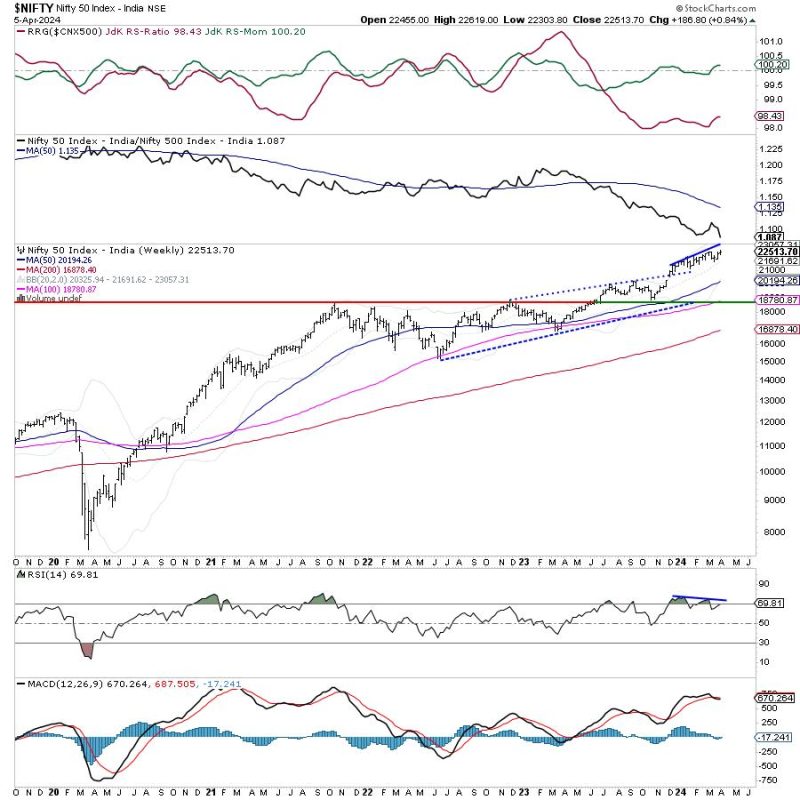The Nifty 50 index has been facing resistance at higher levels recently, as investors continue to closely monitor market trends and sector performances. Amidst these fluctuations, certain sectors have shown signs of relative outperformance, providing valuable insights for traders and investors. Let’s delve deeper into the strategies and key considerations for navigating this dynamic market landscape.
**Identifying Resilient Sectors**
One notable aspect observed during the recent market movements is the relative outperformance of certain sectors compared to others. Sectors such as Information Technology (IT), Pharmaceuticals, and FMCG have displayed resilience and strength in the face of market challenges. This can be attributed to factors such as robust demand for IT services, defensive nature of pharmaceutical stocks, and consistent consumer demand for FMCG products even during economic uncertainties.
**Investment Strategies**
For investors looking to capitalize on sector-specific opportunities, a strategic approach is essential. Diversifying the portfolio across sectors can help mitigate risk and optimize returns. By allocating investments based on sectoral performance trends, investors can position themselves to benefit from potential outperformance while minimizing exposure to sectors facing headwinds.
Furthermore, staying abreast of sector-specific news, regulatory updates, and macroeconomic indicators can provide valuable insights for making well-informed investment decisions. Tracking key performance indicators within sectors, such as revenue growth, profit margins, and market share, can help identify potential investment opportunities and gauge sectoral health.
**Risk Management**
While sectoral outperformance presents lucrative opportunities, it is crucial for investors to exercise prudent risk management practices. Diversification across sectors and asset classes can help safeguard investments against unforeseen market volatility. Setting stop-loss orders and adhering to risk tolerance levels are critical aspects of risk management that can protect investors from significant losses.
Moreover, maintaining a long-term investment horizon and avoiding reactionary decisions based on short-term market movements can help investors navigate market fluctuations with resilience. By focusing on fundamental analysis and underlying sectoral trends, investors can build a robust investment strategy that aligns with their financial goals and risk appetite.
**Conclusion**
In conclusion, navigating the market terrain amidst resistance at higher levels requires a strategic and informed approach. By identifying resilient sectors, implementing prudent investment strategies, and managing risks effectively, investors can position themselves to capitalize on sector-specific opportunities while safeguarding their portfolios. With a focus on sectoral outperformance and risk management, investors can navigate the market landscape with confidence and resilience.

